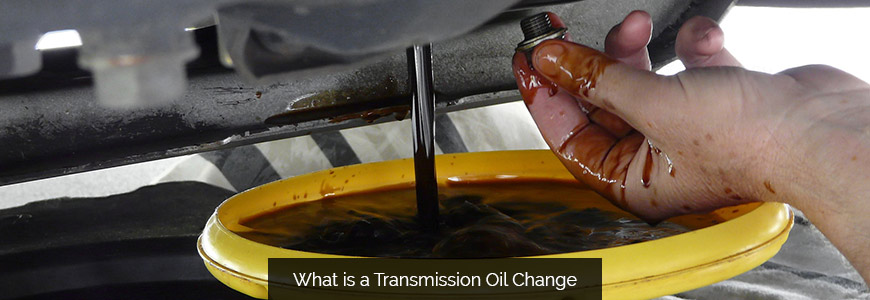
At these higher temperatures, ATF begins to break down, and your transmission begins to shift gears roughly, slowly or both.

Numerous driving conditions - stop-and-go driving, hauling a heavy load, driving long distances or up and down mountains - can heat transmission fluid beyond acceptable limits. Unfortunately, fluid temperatures rarely stay in the optimal range. The transmission fluid in an automatic transmission will typically need to be changed out every now and then. They also retorque the transmission valve body. During service, technicians replace the fluid and filter. In fact, if fluid temperatures remained at 175 degrees Fahrenheit, ATF would mimic the Energizer Bunny and keep going and going for 100,000 miles (160,934 kilometers) or so. So, just for the record, simply emptying the pan is not a proper fluid change. Fluid temperatures soar to 175 degrees Fahrenheit (79 degrees Celsius), which seems hot to us but is perfectly normal for ATF. Even on a relatively simple drive, from your house to the office, let's say, the transmission and the fluid do quite a bit of work. Pressure changes within the ATF cause the transmission to switch gears. There are two options when it comes to replacing the transmission fluid either by a fluid change or fluid flush. Most cars on the road today have automatic transmissions and hence automatic transmission fluid, or ATF.

But it's the job of the transmission to parcel out the engine's power to the wheels, which means transmission fluid - the magenta-colored lifeblood that coats gears and torque converters - warrants just as much attention as engine oil. The oil must be changed every 40,000 miles. Cost £163.00 all inclusive at Camberley Audi. This makes sense, considering oil bathes and lubricates the power plant of the vehicle. Just has gearbox oil changed on our A4 2.0T FSI convertible multitronic 2007. If you're like most people, you worry a lot about your car's engine oil.


 0 kommentar(er)
0 kommentar(er)
